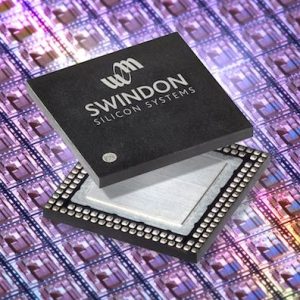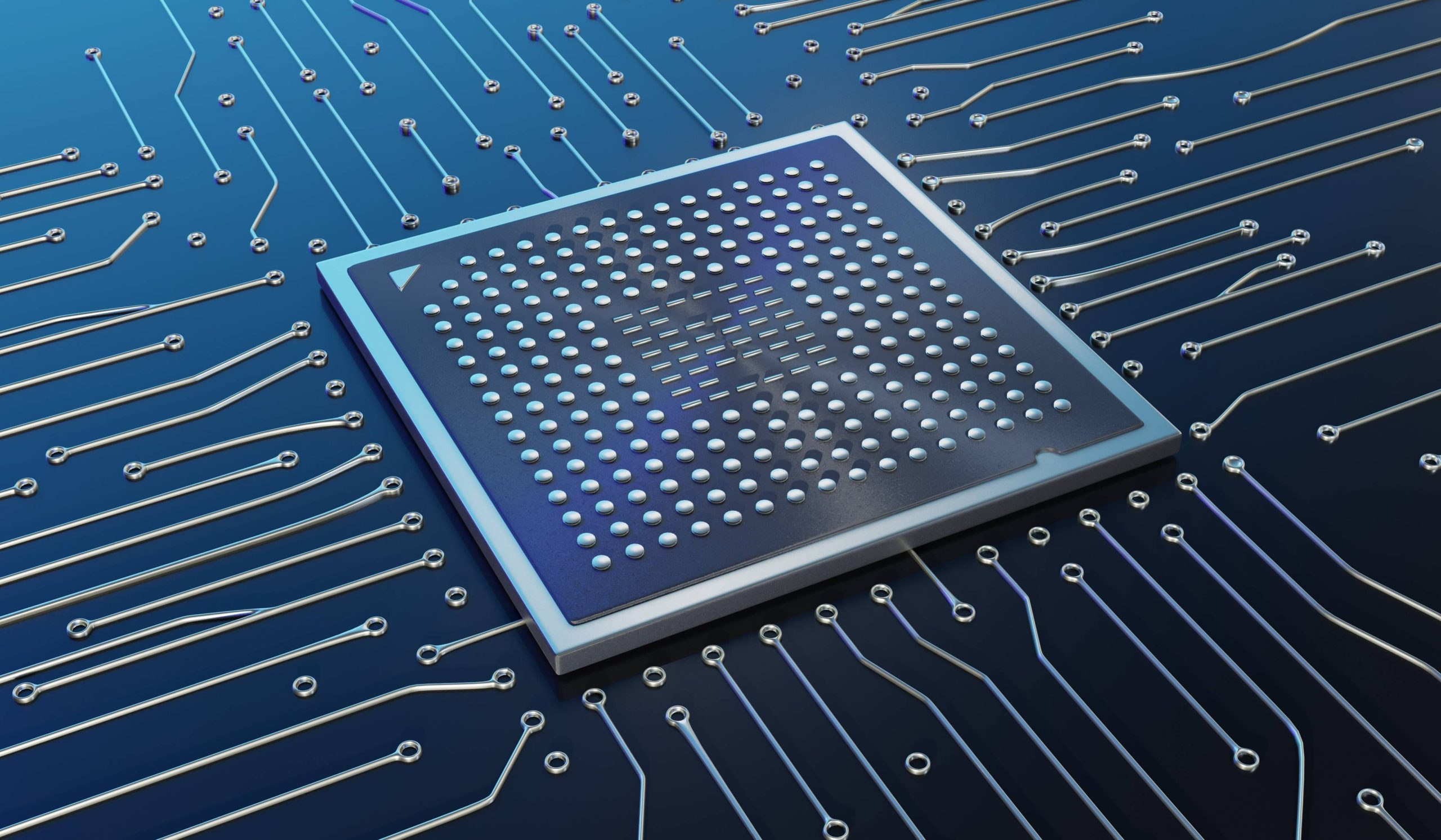When it comes to hardware design, system engineers have more than one architecture to choose from. Both Application Specific Integrated Circuits (ASICs) and Field Programmable Gate Arrays (FPGAs) can offer benefits, but which one is best for your application? Here, Ross Turnbull, Director of Business Development and Product Engineering at ASIC design and supply company Swindon Silicon Systems, explains what to consider.
To start understanding the differences between an ASIC and an FPGA, we begin by defining the two. An ASIC is a type of IC that has been designed uniquely for its target application, whereas an FPGA is typically a standard part that is user-configurable and can fulfil multiple purposes. FPGAs can be reprogrammed one or more times to perform a variety of tasks.
At first glance, the distinction between the two seems simple: one has been carefully optimised, the other built for flexibility. But when it comes to choosing between an ASIC and an FPGA for your specific application, the differences can be a lot more nuanced. So, what factors should you consider?
How fast do you need to get to market?
If time-to-market is of the utmost priority, an FPGA will likely be the preferred route. Unlike ASICs, which involve a rigorous custom design process, FPGAs are typically sourced off-the-shelf. Equipped with a standard interface, FPGAs can be easily reprogrammed by the customer for specific functions, enabling quick and easy product integration. This makes them ideal for dynamic fields where the environment and expectations are changing quickly, and these factors are prioritised over cost considerations.
But if you’d like the optimised performance of an ASIC without an extensive timeframe, there are routes available to make this possible. ASIC designers have access to one or more libraries of foundry and third-party IP. These IP blocks can be used to form the basis of a custom IC design, shortening development time without losing the optimisation benefits of an ASIC. Software can also be developed in parallel to the hardware, further shortening the project timeline.
Digital, analogue or both?
FPGAs are best suited to realise digital circuitry. While it’s possible to include analogue blocks onto the FPGA silicon to provide both digital and analogue compatibility, these blocks often don’t have the desired performance.
In this scenario, the ASIC provides a distinct advantage. A variety of analogue components including analogue to digital converters (ADCs), amplifiers, voltage regulators, filters and synthesizers can be combined with digital devices in a mixed-signal ASIC solution. Advanced communication protocols such as Bluetooth Low Energy (BLE) can also be incorporated into the design.
Cost and volume
The cost factor depends largely on the scale of production required. ASIC design and development stages mean that they typically have a higher non-recurring engineering cost (NRE) than FPGAs. However, ASICs will often have a lower cost per unit. This is due to the removal of unneeded functionalities, reducing overall silicon size and bill of materials. As a result, while the initial cost and time investment for ASIC design is higher, it typically offers a much better ROI on for larger or longer production volumes.

Performance
While a reprogrammable FPGA will be able to perform a wider variety of tasks, an ASIC will always offer the superior performance for the exact task it’s been designed for.
This tailored approach means that the ASIC can offer significant technical advantages over FPGAs and other solutions on the market. For instance, wearable applications requiring a compact chip with an extended battery life will likely benefit from the ultra-low power circuitry that can be best achieved with an ASIC.
To illustrate this, it’s possible to look at Swindon’s own development. ASICs in our tyre pressure monitoring system (TPMS) family must have a minimum operational lifespan of ten years, powering a MEMS pressure sensor, microprocessor and RF transmitter — all from a single coin cell battery.
Decline and obsolescence
FPGA supply, like many other off-the-shelf solutions, is determined by the manufacturer. If supply drops below a minimum level, the manufacturer may halt production of new FPGA chips and issue a notification of obsolescence. Following this, it’s down to the customer to identify an alternative. This could be the purchase of leftover chips or sourcing a similar product from a different supplier. Either way, obsolescence is often a tricky area to navigate and a headache for purchasing and procurement professionals.
An ASIC is slightly different. Rather than the manufacturer deciding to halt production, the equivalent in ASIC terms would be the silicon process going obsolete. When designing a custom IC, the supplier will take care to ensure the silicon process chosen meets the expected lifetime of the product. But in the unlikely event obsolescence occurs earlier than expected, a reputable ASIC company will work with the customer to find an alternative solution.
It’s possible to port the design onto a newer silicon process instead. Wafers can also be purchased and stored for several decades in dry nitrogen cupboards. Depending on the needs of the customer, these steps can be taken alongside the commencement of a new ASIC project. The benefit of this rounded approach is it means the customer will always have sufficient product to fulfil orders between the old and new ASIC.
At first, the differences between an ASIC and FPGA can seem quite straightforward. But when it comes to identifying how each one might benefit your specific application, it requires a much more thought-out approach. Considering cost, time-to-market, obsolescence, and other key factors is essential to ensure you have a chip that meets all your product’s needs, both for the current and future iterations.
To discuss your project and find out if an ASIC solution is for you, visit our website to book a consultation with a member of the Swindon team today.
